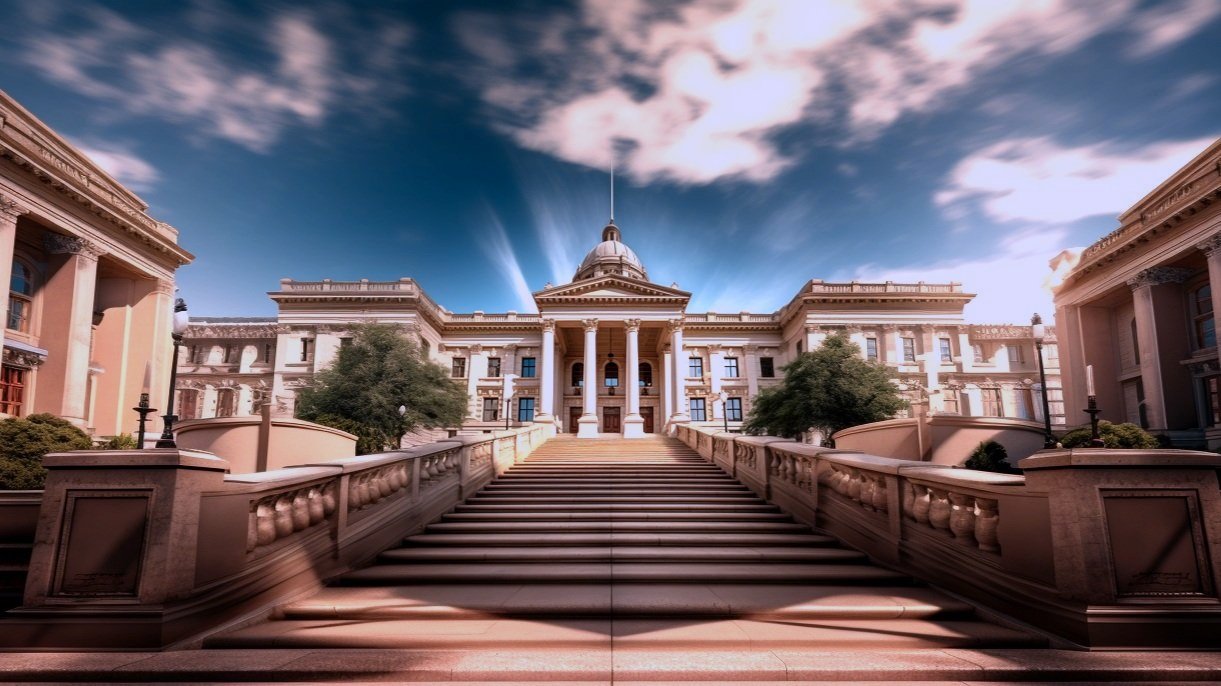Exploring the Vitality of Legal Videography: a Comprehensive Understanding Into Its Functionality in Protecting Accurate Visual Records for Legal Instances
Legal videography stands as an essential part in the realm of lawful proceedings, offering as a silent yet effective observer in the quest of justice. As we dive into the capability and importance of lawful videography in the context of legal situations, an extensive awareness dawns upon the essential role it plays in forming the training course of justice.
Importance of Lawful Videography
Highlighting the pivotal function of lawful videography in modern legal process, its significance hinges on its capacity to provide irrefutable aesthetic proof that enhances the presentation of realities and testimonies. By recording live events, depositions, and witness statements in a video clip format, legal videography makes sure that every detail, expression, and nuance is precisely maintained for later testimonial. This aesthetic documentation serves as a powerful tool in courts, enabling jurors and judges to better understand the context of a situation and make notified choices based upon the offered proof.
Additionally, legal videography adds to raised transparency and accountability in the lawful system. In significance, the importance of lawful videography exists in its ability to copyright the honesty of the legal procedure by catching and preserving exact aesthetic records that sustain the pursuit of justice.
Capability in Lawful Documentation
Lawful videography's role in modern-day legal process prolongs past offering aesthetic evidence; its capability in legal documents is necessary for accurately maintaining the details of events and testaments. With the meticulous recording of depositions, courtroom proceedings, witness testaments, and criminal offense scene investigations, lawful videography makes sure an unfiltered account of occasions that can be reviewed and assessed throughout the legal procedure. This exact paperwork offers as a vital resource for courts, lawyers, and judges to reference specific moments, body movement, face expressions, and nuances that may not be completely recorded in written transcripts alone.
Additionally, lawful videography plays a pivotal role in preserving the honesty of lawful proceedings by decreasing the danger of false impression or manipulation of information. The visual records caught via lawful videography provide an impartial depiction of the facts provided throughout an instance, supplying a extensive and trusted resource of proof that can dramatically impact the outcome of lawful disputes (Legal Videography). In significance, the functionality of legal videography in legal documentation acts as a cornerstone in upholding openness, precision, and justness within the legal system
Significance in Visual Evidence Conservation
Maintaining visual proof through thorough recording methods is a crucial facet of legal videography. By properly documenting these visuals, lawful videographers play an essential duty in guaranteeing the honesty and authenticity of proof offered in court.
Visual proof preservation likewise aids in avoiding misconceptions or misinterpretations that can emerge from written or spoken testaments. The ability to see and listen to occasions as they occurred can substantially impact the result of an instance. Moreover, visual proof can work as a powerful tool for both the prosecution and protection in offering their arguments persuasively.
Role in Ensuring Justice
In the pursuit of fair and simply lawful end results, the function of legal videography is essential. Legal videography plays a crucial duty in making certain justice by supplying unbiased and exact aesthetic evidence that can significantly influence the result of go now legal cases.
In addition, legal videography works as a method of protecting turning points and information that may be missed out on or misunderstood in written transcripts (Legal Videography). By recording scenes, actions, and communications in real-time, lawful videography aids stop misstatements and makes sure that all events entailed have accessibility to the same details, promoting openness and responsibility in the legal procedure. Ultimately, using legal videography not just improves the performance of legal proceedings however also maintains the principles of justice and equity in the legal system
Crucial Device for Legal Cases

Conclusion
Finally, lawful videography navigate to this website plays a critical duty in protecting accurate aesthetic documents for legal instances. Its relevance lies in its functionality in lawful paperwork, significance in aesthetic proof preservation, and duty in making sure justice. As an important device for lawful cases, lawful videography functions as a valuable source for presenting visual proof and adding to the general integrity of the lawful process.
Lawful videography's function in modern-day legal proceedings prolongs beyond supplying visual proof; its functionality in lawful documentation is essential for precisely preserving the information of testaments and events. In significance, the functionality of lawful videography in lawful documents serves as a keystone in supporting openness, accuracy, and justness within the lawful system.
Ultimately, the usage of lawful videography not only improves the efficiency of legal process but likewise promotes the principles of justice and equity in the lawful system.

As an important device for legal cases, lawful videography serves as a useful resource for offering visual proof and contributing to the general integrity of the lawful process.